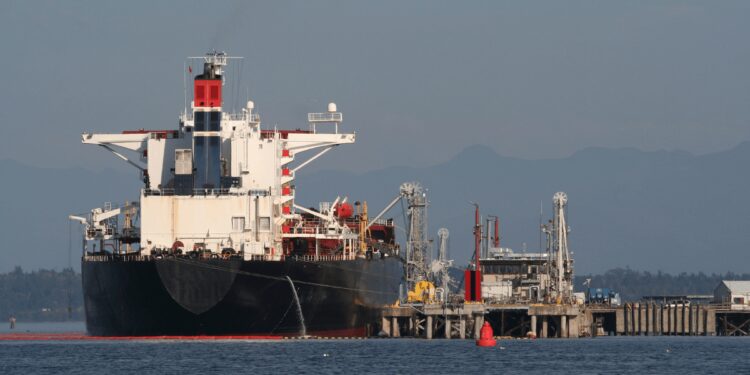Saudi Arabia’s Non-Oil Exports See Notable Rise
Saudi Arabia’s non-oil exports have experienced a significant increase of 10.7% in March 2025 compared to the same period last year. This rise is part of a broader trend that aligns with Saudi Arabia’s efforts to diversify its economy. The growth in non-oil exports is a key indicator of the Kingdom’s progress toward achieving its economic goals outlined in Vision 2030.
In March 2025, the total value of non-oil exports reached SR27.03 billion. Chemical products led the way, accounting for 25.7% of these exports, followed closely by plastic and rubber products, which made up 23.3% of the total. These figures reflect a shift toward a more diversified export base, moving away from dependence on oil exports.
The ratio of non-oil exports (including re-exports) to imports increased to 36.5% in March 2025, up from 33.0% in March 2024. This growth is attributed to the rise in non-oil exports outpacing imports, which only increased by 0.1% during the same period.
However, total merchandise exports in March 2025 decreased by 9.8% year on year, mainly due to a 16.1% drop in oil exports. As a result, the share of oil exports in total exports fell from 76.5% in March 2024 to 71.2% in March 2025. This shift highlights the Kingdom’s ongoing efforts to reduce its reliance on oil and enhance its economic resilience through non-oil sectors.
Key export destinations for Saudi Arabia included China, India, Japan, South Korea, and the UAE, with China also being the largest source of imports. The import hub was primarily centered at King Abdulaziz Sea Port in Dammam, handling a significant portion of the Kingdom’s imports.
Overall, these developments underscore Saudi Arabia’s commitment to economic diversification and its progress toward achieving a more balanced economy.
Team V.3-UAE














